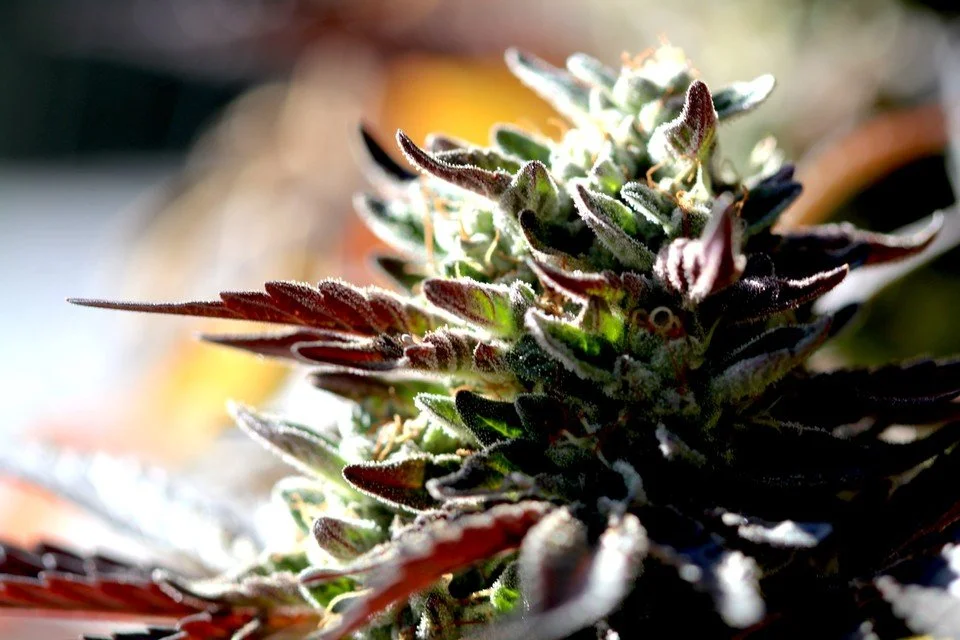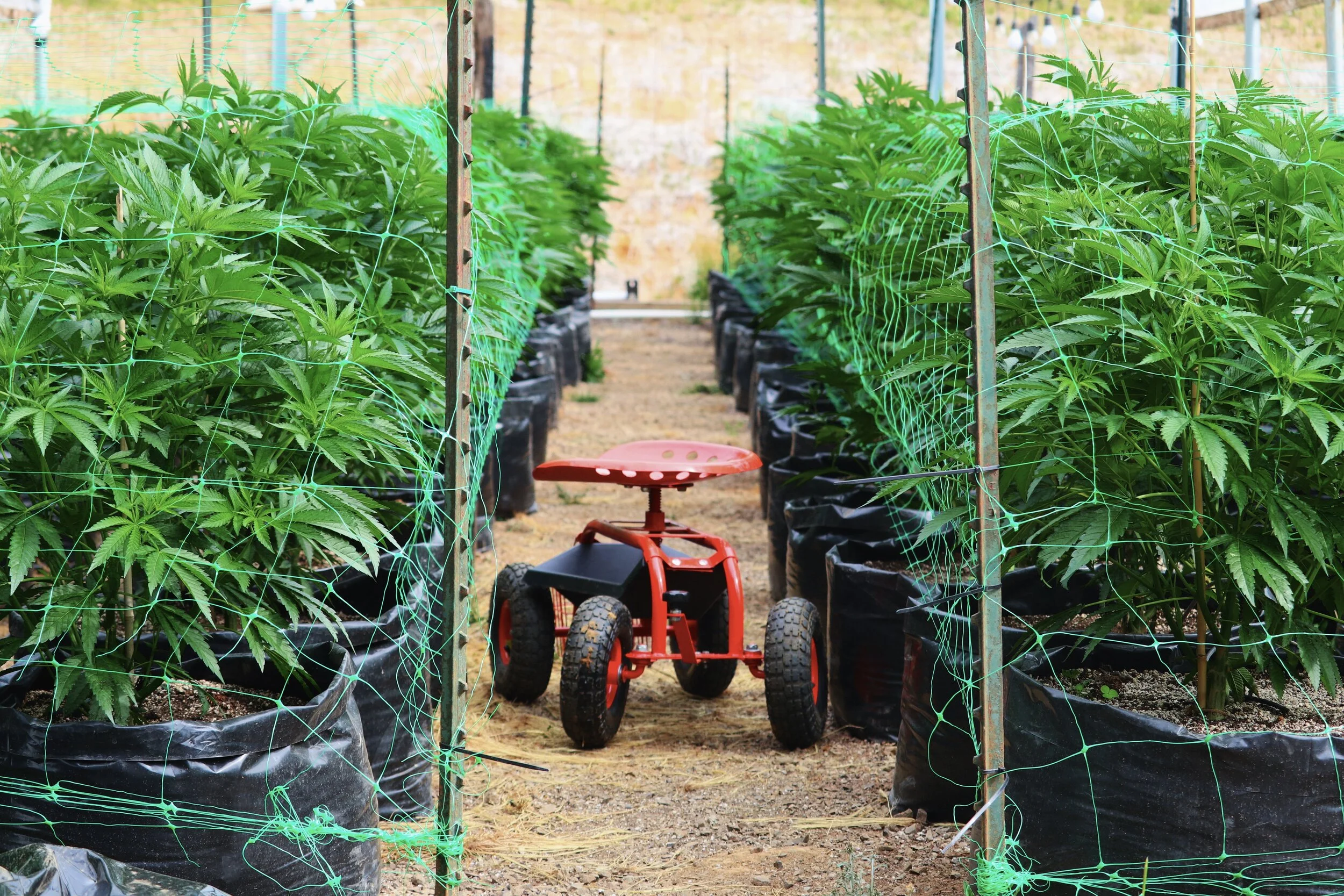As owners and operators, we know how valuable our time is. We wear a dozen different hats, take responsibility for the outcomes, and find ourselves fully immersed in all things business seven days out of the week. But what separates the overwhelmed from the productive is respecting the time we are given each day. Without planning and scheduling, we hurt our business's efficiency, costing ourselves money in the long run.
A New Beginning: Our Off-Grid Journey
We started our solar journey by signing up for Sonoma Clean Power as our source of grid energy. This program guaranteed that all of our energy use was obtained from renewable sources, like solar and wind energy. But where this came up short was during California's rolling blackouts throughout the fire season. As a cannabis cultivator, fire season takes place during our fall cultivation cycle, harvest, and through part of processing, when it's absolutely imperative that we have electricity for irrigation, humidity and temperature controls, and security measures. When we process fresh-frozen harvests, this adds an even more critical need for continuous power. Otherwise, we could lose our entire crop. We knew we needed to take matters into our own hands or possibly face an uncontrollable fate. This thinking was the start of our off-grid solar journey.
Vetting Clients for Terms
We know every business is different, each in its unique stage of growth and development. Because of this, we offer payment terms to our approved clients to make purchasing easier and more achievable. In order to provide this service to our buyers, we implement a business credit application that we ask applicable businesses to fill out before payment terms are extended. This process may come with a few questions that we hope to address in this reference article.
How We Saved Ourselves From a Crop Disaster
Not everything in life goes as planned, but that's what keeps us moving forward on the road of innovation. Without hiccups along the way, we wouldn't fully understand where we can improve our implementations and operations, and we wouldn't learn the valuable bits of information that help us succeed in the future. We recently had one of these hiccups in our garden, but because of other hurdles we've encountered and concurred over the years, we noticed the issue before it became a large-scale problem.
Smart Farming - Soil Sampling for a Better Crop
To achieve cultivation success, we have to begin from the ground up. Precision soil sampling is our starting line. As an environmental-focused farm, we reuse and rebuild our soil each year, giving back to the earth while we lower our ecological footprint. But to do this, we have to understand what nutrients are lacking in our soil, as well as precisely where they are missing in the field. When we're armed with this data, we can create a foundation that helps us produce exceptional cannabis harvest after harvest.
Communicating with the Senses: The Importance of Business Aesthetics
Communication comes in many forms, the majority of it being non-verbal. Indeed, only seven percent of all communication is your choice of words, meaning 93 percent is some version of non-verbal interaction, such as body language, tone of voice, behavior, and color choices. With those figures, it's easy to see why non-verbal methods of communication have the most significant impact on how others view us. In a world that's full of these influential bits of media around every corner, it's no wonder businesses and individuals alike take special care to ensure the places they claim as their own are an accurate representation of who they wish to be. We all judge a book by its cover, even when we know it's not always the best illustration of what's inside. Therefore, we have to design our "cover" in a way that angles others to see us how we view ourselves.
What Growing Style is Right For Your Garden
Every cannabis farm and farmer is different, so naturally, each growing style will be different as well. There are a lot of factors that go into which method is right for you. While personal preference is one of them, your growing space, financial situation, and climate are others. Diving into what each style has to offer and knowing their differences will give you a better understanding of which direction you should head.












